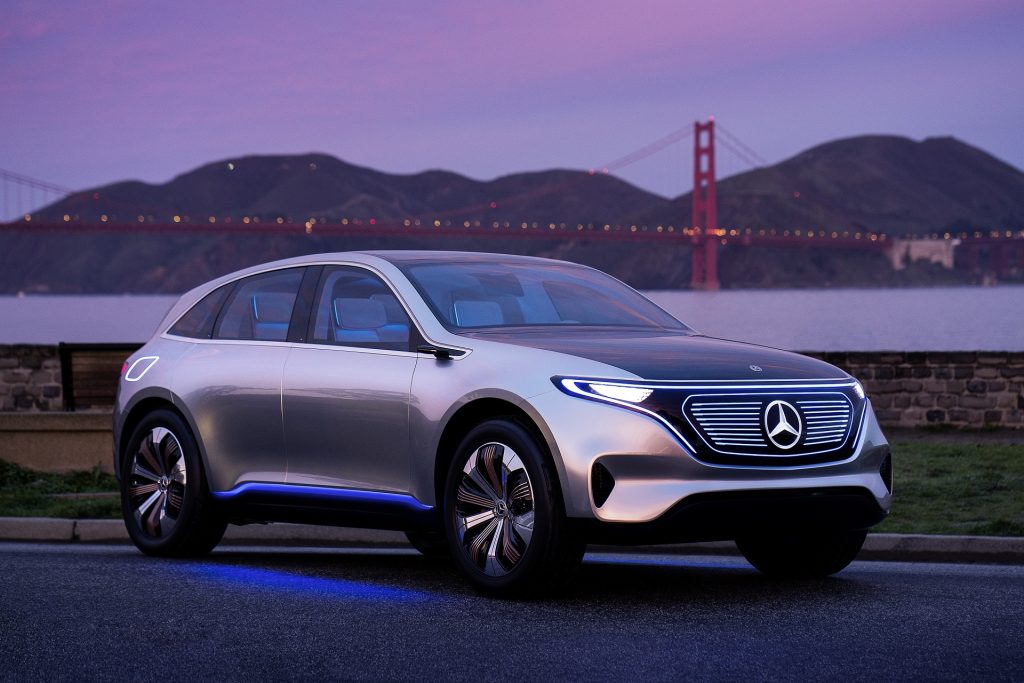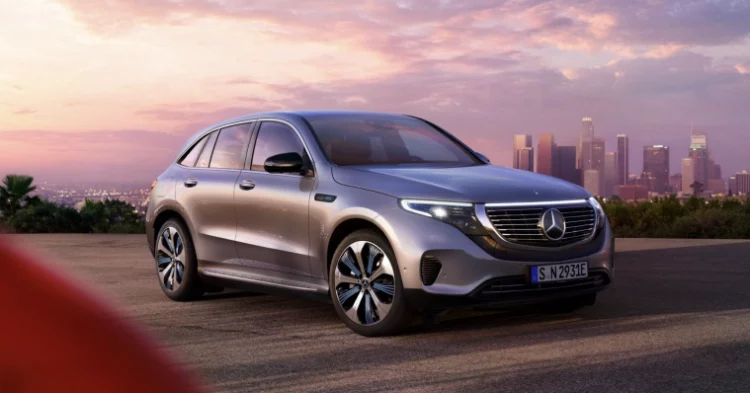Introduction
As the world confronts escalating challenges related to climate change, air pollution, and environmental degradation, a key question arises: can the widespread adoption of electric vehicles (EVs) pave the way for a cleaner, healthier, and more sustainable planet? With transportation being one of the largest contributors to greenhouse gas emissions and air pollution, the shift toward electric mobility is being hailed as a game-changer in the global effort to protect the environment.
However, achieving cleaner air and a healthier environment is a multifaceted challenge. Can electric vehicles, as the dominant mode of transport, truly make a significant difference in improving air quality and reducing the environmental footprint of the transportation sector? This article explores the potential impacts of EVs on global air quality, their role in addressing climate change, and the broader environmental benefits of this transformative shift.
1. The Air Quality Crisis and the Role of Transportation
A. The Link Between Transportation and Air Pollution
The transportation sector is responsible for a significant portion of global air pollution, with road transport alone accounting for nearly 14% of all global greenhouse gas emissions. More specifically, motor vehicles, particularly those powered by internal combustion engines (ICE), emit carbon dioxide (CO2), nitrogen oxides (NOx), particulate matter (PM), and volatile organic compounds (VOCs)—all of which are harmful to human health and the environment. These pollutants contribute to:
- Smog formation in urban areas, which can cause or exacerbate respiratory diseases such as asthma, bronchitis, and even lung cancer.
- Global warming, as CO2 is a primary greenhouse gas that traps heat in the Earth’s atmosphere.
- Acid rain, which harms ecosystems, waterways, and agriculture.
- Premature deaths linked to long-term exposure to polluted air.
In cities with high vehicle density, the impact of this pollution is especially severe. According to the World Health Organization (WHO), air pollution is responsible for over 7 million premature deaths worldwide each year. The need for cleaner, more sustainable transportation systems has never been more urgent.
2. Electric Vehicles: A Clean Alternative to Traditional Vehicles
A. Zero Emissions at the Tailpipe
The most significant advantage of electric vehicles over traditional gasoline or diesel cars is their zero tailpipe emissions. Unlike internal combustion engine vehicles, which burn fossil fuels and release harmful gases, electric vehicles run on electricity stored in batteries and emit no pollutants at the point of use. This means that when widespread adoption of EVs occurs, major urban areas could see:
- Reduced urban air pollution, particularly in cities where vehicle emissions are the primary source of smog and particulate matter.
- Lower levels of toxic emissions like NOx and PM2.5, both of which have detrimental effects on human health.
- Cleaner, fresher air in crowded metropolitan areas, potentially leading to better respiratory health and fewer health issues tied to air pollution.
As electric vehicles replace gasoline and diesel cars, the direct benefits of zero-emissions transportation could transform cities, improving the quality of life for millions of people. Countries like Norway, where EV adoption is already widespread, are seeing reductions in air pollution and increased urban air quality.
B. Broader Environmental Benefits
While the reduction of tailpipe emissions is the most obvious environmental benefit, electric vehicles also contribute positively to the environment in other ways:
- Energy Efficiency: EVs are generally much more efficient than their internal combustion engine counterparts. According to the U.S. Department of Energy, electric cars can convert over 85-90% of the electrical energy from the grid to power the wheels, whereas conventional vehicles only manage around 20-30% of the energy from gasoline.
- Reduction in Noise Pollution: EVs are much quieter than traditional vehicles. Their silent operation can significantly reduce noise pollution in urban areas, contributing to a better quality of life, especially in cities where traffic noise is a major concern.
- Recycling and Circular Economy: As electric vehicle technology advances, the potential for recycling EV batteries and incorporating sustainable materials into car production will help close the loop on the environmental impact of vehicle manufacturing and disposal. Efforts to improve battery recycling can reduce the environmental footprint of EV production over time.
C. Challenges and Considerations for EVs in Reducing Air Pollution
While EVs offer clear advantages over traditional vehicles, they are not without their challenges when it comes to ensuring a truly clean environment.
- Energy Sources: The environmental benefit of EVs depends significantly on the energy used to charge them. In regions where electricity is generated primarily from fossil fuels like coal or natural gas, the overall reduction in emissions may be less than expected. To maximize the benefits of EVs, there must be a parallel transition to renewable energy sources such as solar, wind, and hydropower for grid power.
- Battery Production and Raw Materials: The production of batteries for electric vehicles requires the mining of raw materials like lithium, cobalt, and nickel. These mining activities can have significant environmental and social impacts, particularly in developing countries. As EV adoption grows, there is a need to develop more sustainable practices for sourcing and recycling these materials.
- End-of-Life Considerations: The disposal of EVs at the end of their life cycle also presents challenges. Batteries need to be properly recycled, and there are concerns about the environmental impact of battery waste if not managed properly.

3. The Global Impact of Electric Vehicles on Air Quality
A. Clean Air in Cities
One of the most immediate and visible benefits of widespread electric vehicle adoption is improved air quality in urban centers. Cities are the focal points of traffic congestion, high vehicle emissions, and significant health risks due to poor air quality. By transitioning to electric vehicles, cities can experience:
- Reduction in Particulate Matter (PM): EVs produce zero tailpipe emissions, meaning they don’t release harmful particulate matter that contributes to smog and respiratory issues. The reduction of PM2.5 (fine particles) in the air can significantly improve public health, especially for vulnerable populations like children, the elderly, and those with pre-existing respiratory conditions.
- Reduced Ground-Level Ozone: Electric vehicles also help in reducing the formation of ground-level ozone, which is a major contributor to smog. Ozone is produced when pollutants like NOx react with sunlight. EVs, with their zero emissions, play a key role in breaking this cycle.
- Healthier Populations: Cleaner air in cities would result in fewer hospital admissions for asthma, lung disease, and heart disease, all of which are exacerbated by air pollution. The World Health Organization estimates that improving air quality could save millions of lives each year.
B. Global Examples of Success
- Norway: Norway is a global leader in EV adoption. In 2020, more than 50% of all new car sales in Norway were electric. This has led to cleaner air in cities like Oslo, where air pollution levels have dropped significantly. The government’s commitment to EVs, supported by subsidies and incentives, has made Norway a model for other countries to follow.
- China: In cities like Beijing and Shanghai, the adoption of electric buses and taxis is helping combat some of the worst urban air pollution in the world. As China continues to grow its EV fleet, air quality in these megacities is expected to improve dramatically.
- California: In the U.S., California has been a pioneer in adopting policies to promote electric vehicles. The state’s Zero Emission Vehicle (ZEV) program is accelerating the transition to EVs, with Los Angeles benefiting from cleaner air and reduced smog due to the increasing number of electric cars on the road.
4. Will Electric Vehicles Be Enough to Achieve Clean Air and a Healthier Environment?
While the transition to electric vehicles holds enormous potential for improving urban air quality and addressing climate change, they alone will not be sufficient to create a completely sustainable and clean environment. Several other systemic changes are necessary to complement EV adoption:
- Renewable Energy Transition: To ensure that EVs remain a truly zero-emission option, the global energy system must rapidly shift to renewable sources. This will ensure that the electricity used to charge EVs is also clean and sustainable.
- Improved Public Transport: EVs should not be viewed as a panacea. Complementary measures such as investment in electric public transport, shared mobility services, and better urban planning will help reduce overall demand for private cars and ease traffic congestion.
- Energy-Efficient Cities: The adoption of smart city technologies, energy-efficient buildings, and the promotion of non-motorized transport (cycling, walking) can further reduce urban emissions and create healthier living environments.
- Global Collaboration: The success of EVs in achieving clean air and a sustainable environment will depend on international cooperation, investment in clean technologies, and supportive policies that ensure equitable access to clean energy and transportation.
Conclusion: A Path Toward Cleaner Air and a Healthier World
Electric vehicles have the potential to be a transformative force in the fight against climate change and urban air pollution. By reducing tailpipe emissions, improving energy efficiency, and decreasing the reliance on fossil fuels, EVs can contribute to cleaner, healthier cities and a greener planet. However, achieving the full environmental benefits of EVs requires careful consideration of energy sources, sustainable battery production, and integrated urban planning.
Ultimately, the shift to electric vehicles represents an important step in achieving a more sustainable and clean future—but it is only one piece of the puzzle. A global commitment to renewable energy, sustainable development, and collaborative action will be essential to ensuring that EVs truly help us achieve the clean air and healthier environment we all desire.











































